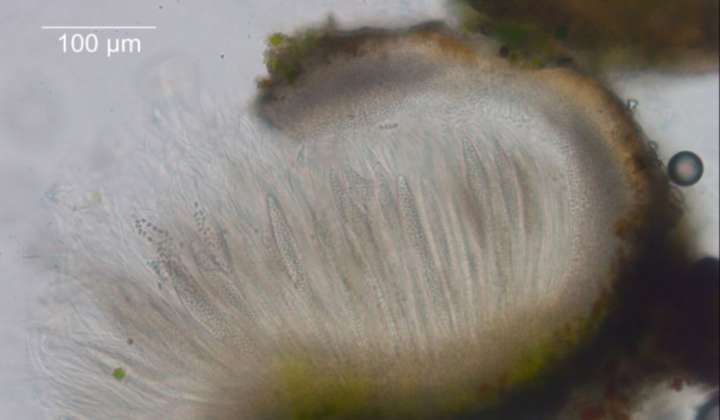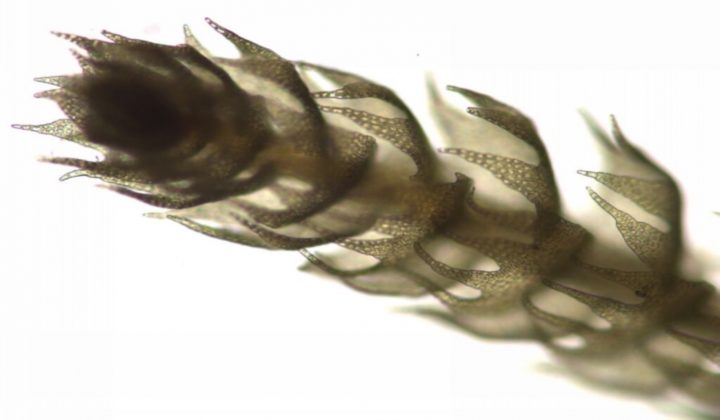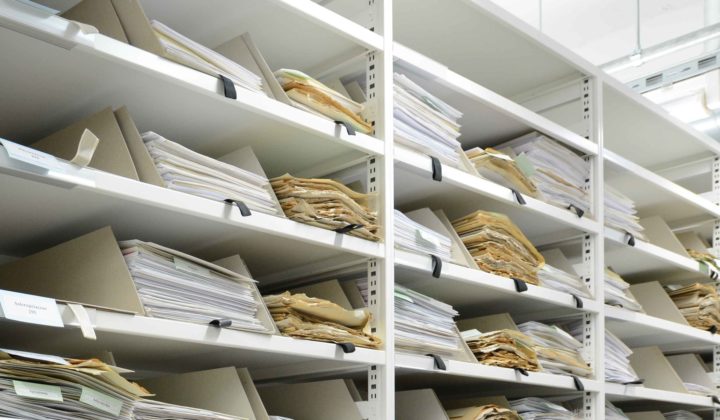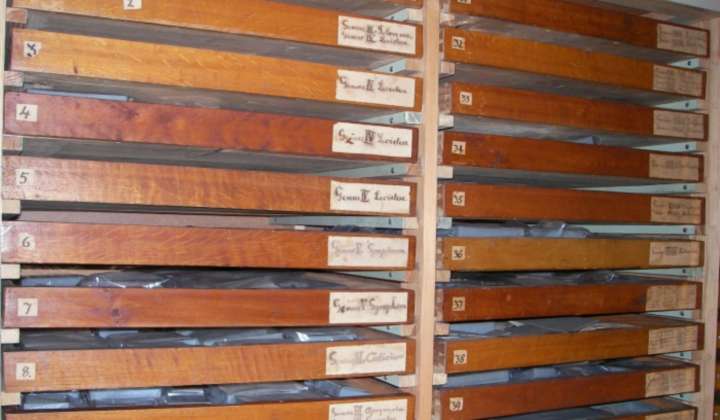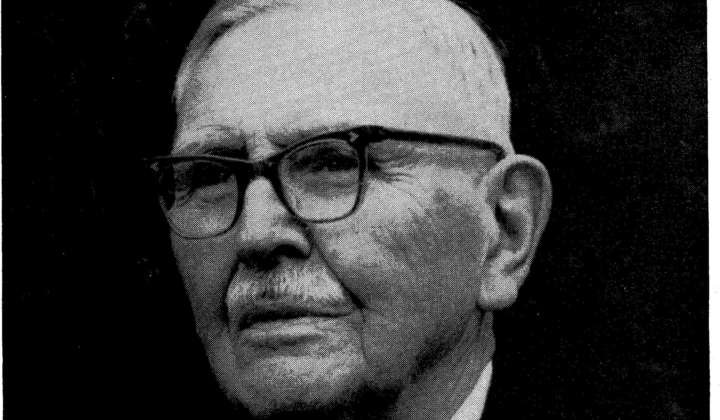Lichens
At present, the lichen herbarium comprises more than 70,000 specimens. An exceptionally valuable part of the collection is the lichen herbarium of Carl Gottlob Mosig which was created around the year 1800. It contains numerous type specimens of taxa that were described in the “Lichenographia universalis” of Erik Acharius (1810). Altogether approx. 800 collectors are represented in the museum collection. Particularly extensive material originates from the gatherings of Alwin Schade, Herbert Schindler, Hermann Lange, Johann Christian Breutel, Jules Charles Emile Riotte, Andreas Gnüchtel and our own collecting activities.
Special geographic emphases are set on Central Europe (in particular Saxony and the former Silesia), but also southeastern Europe, South Africa and Australia are provenances represented by many specimens. A particularly fast growing part of the collection is the material of Caucasian lichens resulting from our current research activities in this region. Our herbarium houses presumably the largest collection of Caucasian lichens outside the CIS countries. It is the principal source of biodiversity data of lichens from the Caucasus at GBIF.
Regarding taxonomic entities, in particular the genera Usnea Adans., Rhizocarpon DC., Ramalina Ach. and Lecanora Ach. are represented with numerous taxa and specimens.
The lichen collection database is searchable online as a part of the Senckenberg collection database SeSam [go to “search” and choose then “Herbarium Senckenbergianum – Fungi] and also via GBIF.
fig. left: Isotype specimen of Verrucaria laevata Ach., described on p. 284 in the “Lichenographia universalis” of Acharius (1810), collected by C. G. Mosig near Zschocha (Upper Lusatia, collection site today situated in Poland)
Bryophytes
The bryophyte herbarium comprises approx. 40,000 specimens. A highlight is the liverwort herbarium of Johann Georg Christian Lehmann created in the middle of the 19th century. It comprises a large number of type specimens from all over the world, with collectors as e.g. Charles Darwin, Joseph Dalton Hooker and Christian Friedrich Ecklon. Altogether approx. 300 collectors are represented by specimens in the bryophyte herbarium. Particularly rich material originates from Johann Christian Breutel, Heinz Eckardt and Markus Reimann.
Special geographic emphases are set on Central Europe (in particular Saxony and the former Silesia), South Africa and the Caucasus.
Taxonomic emphases are on several liverwort genera from the Lehmann Herbarium, as e.g. the genera Frullania Raddi and Plagiochila (Dumort.) Dumort. and the familiy of Lejeuneaceae.
The specimens are searchable online as a part of the Senckenberg collection database SeSam [go to “search” and choose then “Herbarium Senckenbergianum (GLM)] and also via GBIF.
fig. left: type specimen of Lepidozia chordulifera Tayl. from the Lehmann herbarium, collected by Charles Darwin during his trip on board the “Beagle” in the Chonos Archipelag near the coast of Chile (for magnification click on image)
Since 01.01.2009 the collection is part of the Herbarium Senckenbergianum.
